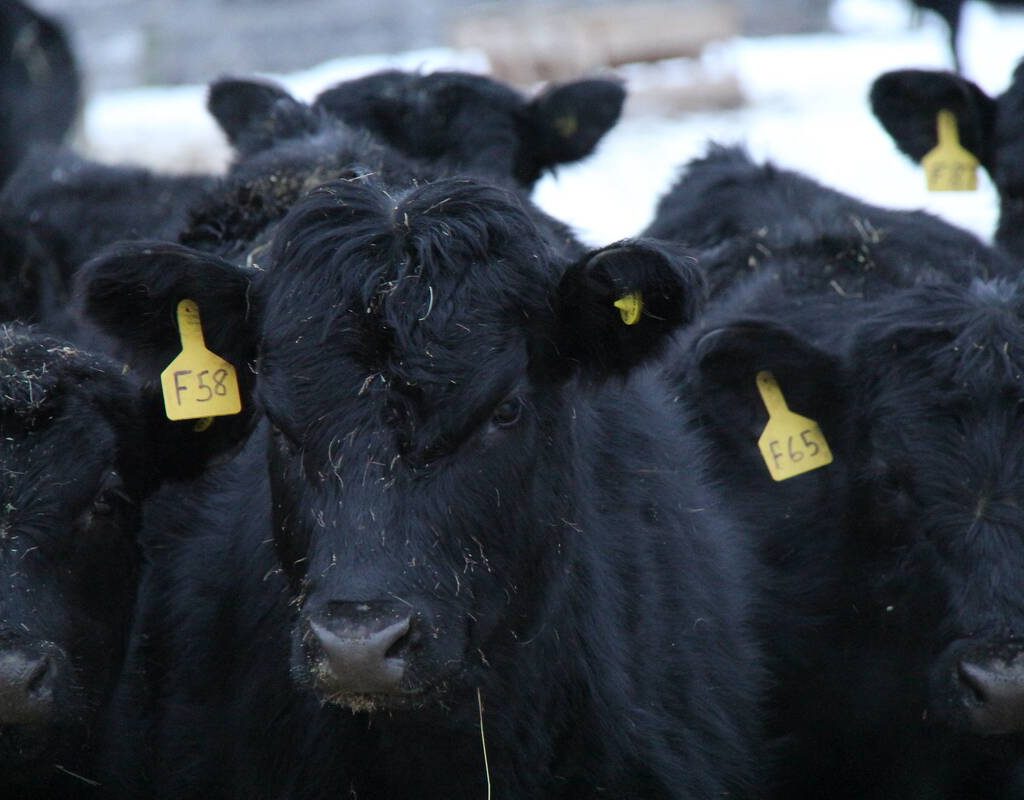Under Trump, U.S. cedes its share of China’s beef market to Australia
By Peter Hobson Reuters Tom Polansek
| 3 min read

PHOTO: Lisa Guenther
Canberra/Chicago | Reuters — Australian beef has replaced U.S. supply in China since President Donald Trump returned to the White House, funnelling hundreds of millions of dollars that have in previous years gone to the U.S. cattle industry into Australian pockets.
U.S. shipments to China, worth around $120 million a month (C$167.1 million), collapsed after Beijing in March allowed permits to expire at hundreds of American meat facilities and as Trump unleashed a tit-for-tat tariff war.
Other U.S. farm exports to China, the world’s biggest food importer, have also suffered since Trump retook power. On soybeans alone, U.S. farmers have lost out on shipments worth billions of dollars during the current harvest season.
U.S. beef exports have in general declined in recent years as drought shrank the country’s cattle herd, reducing production and pushing prices to record highs. But the drop in trade with China has been far more sudden and extreme.
Australian beef steps in
The value of U.S. beef sent to China fell to just $8.1 million in July and $9.5 million in August, Chinese trade data showed, compared to $118 million and $125 million in the same months a year earlier.
Australia has mopped up. Its beef shipments to China shot from $140 million a month in the two years to March to $221 million in July and $226 million in August.
In total, over the five months from April through August, U.S. beef exports to China were worth $388 million less than if trade had remained at the average level of the previous two years. Australian shipments were worth $313 million more.
Brazil, China’s largest beef supplier, has also stepped up exports in recent months, but Australia has benefited most because its grain-fed beef is the closest equivalent to U.S. products.
“It’s good for Australia,” said Matt Dalgleish, a meat and livestock analyst at Australian consultants Episode 3. “It’s underpinning really strong prices for cattle.”
U.S. meat group hopes for talks to progress
Trade negotiations between Beijing and Washington could end the lock-out, said U.S. Meat Export Federation spokesperson Joe Schuele.
“The beef impasse with China has very little to do with beef,” he said. “It’s entangled in other issues between the U.S. and China. If they can make progress on those issues, we see more hope for getting this resolved.”
U.S. beef shipments to China surged in 2020 and 2021 after Trump, in his first term, struck a trade deal with Beijing.
China plays a useful role for U.S. beef processors by paying premium prices for cuts like chuck rolls that are less popular in the United States.
“We still need to export the cuts that do not attract a lot of attention in the domestic market,” Schuele said. “We’re losing out on the upward pressure of the Chinese bids.”
Even with a trade agreement, the U.S. would struggle to take back market share for several years, said Dalgleish.
Australia’s beef production has reached all-time highs, and its meat is far cheaper – so much so that Australia is not only shipping more to China but exporting record quantities to the United States.
“The U.S. isn’t really in a position to be competitive,” said Dalgleish.
Meanwhile, looming over all beef suppliers to China is an investigation by Beijing into imports that could result in curbs on trade to deal with a beef supply glut inside China. The investigation is due to run until November 26.
— Reporting by Peter Hobson in Canberra and Tom Polansek in Chicago.


